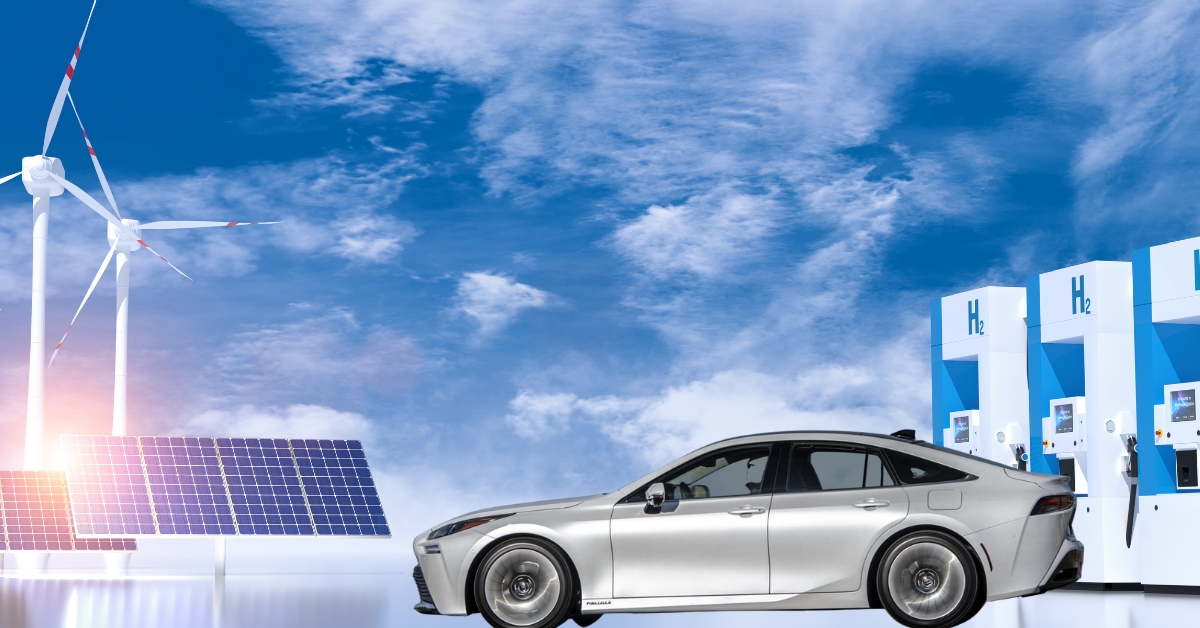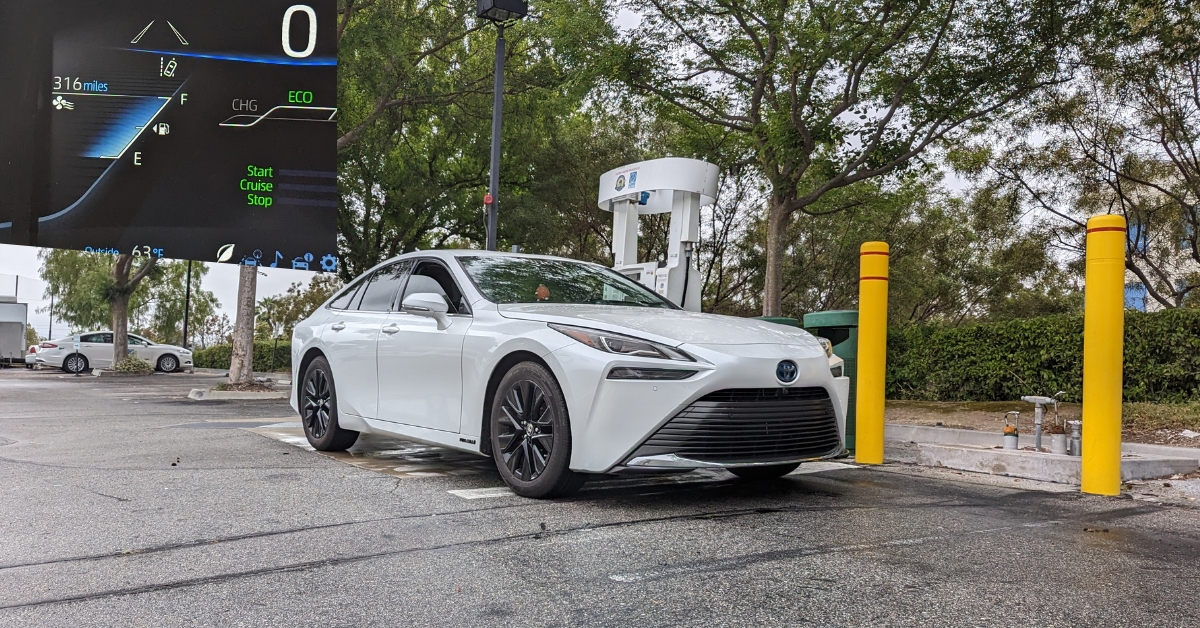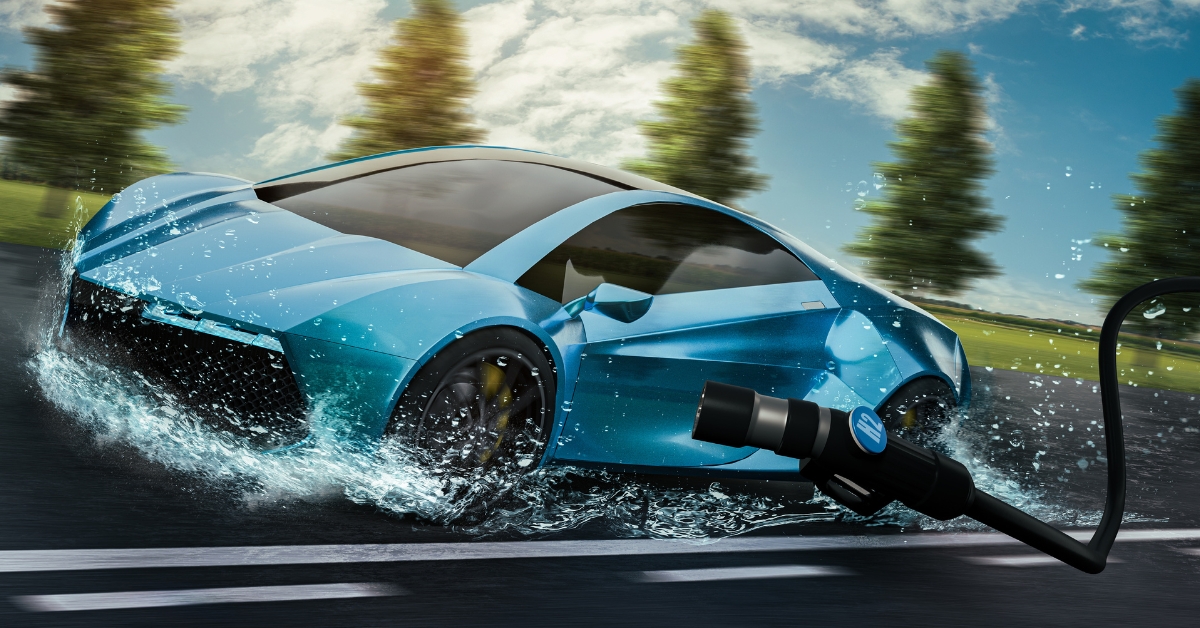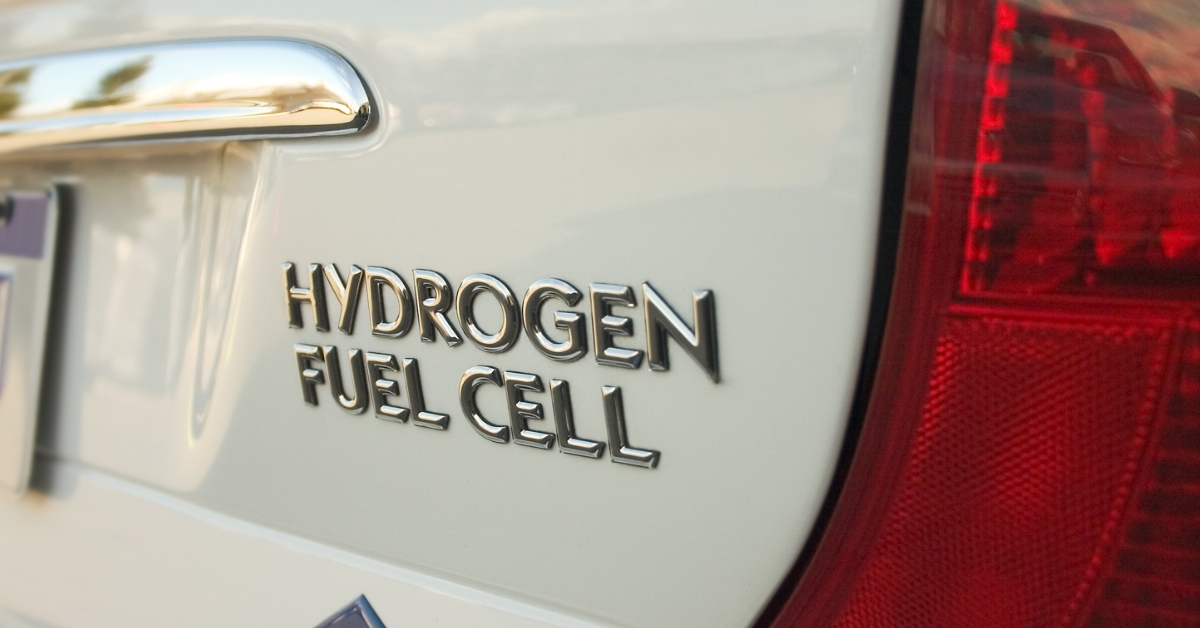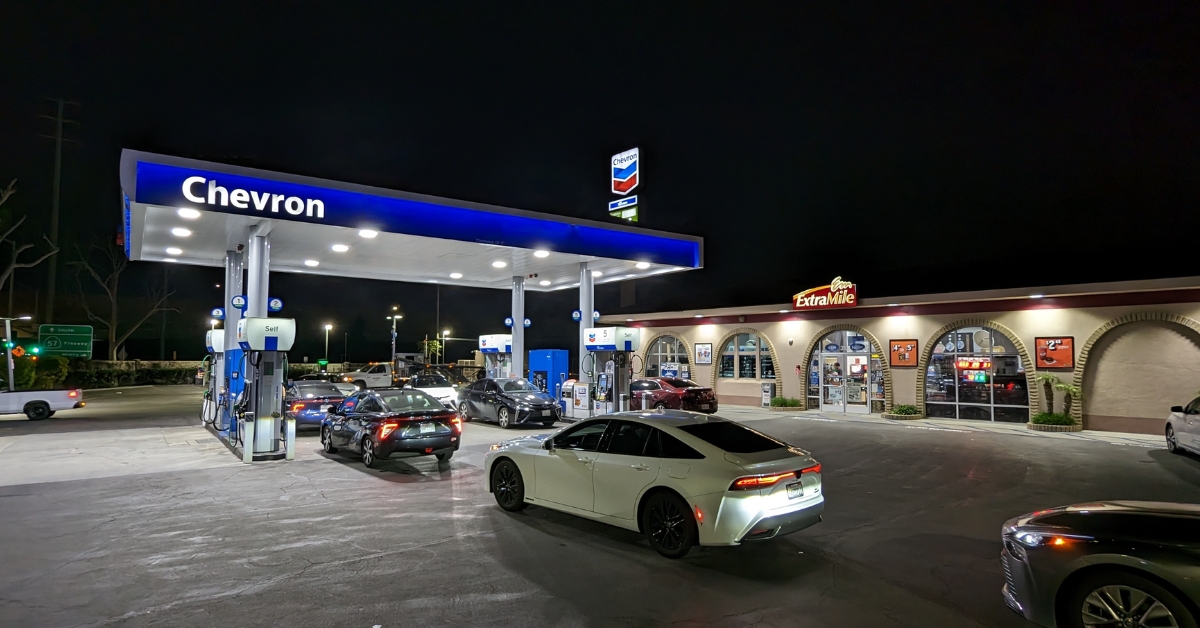In the pursuit of cleaner and more sustainable transportation, the automotive industry has explored various alternatives to traditional gasoline-powered vehicles. Among these options, hydrogen fuel cell vehicles have emerged as a promising solution. In this article, we will embark on a fascinating journey through the history of hydrogen cars, exploring their origins, milestones, and the progress made towards a greener future.
- Early Concepts and Discoveries:
The concept of using hydrogen as a fuel for vehicles dates back to the early 1800s when scientists first began to explore its properties. It was in 1838 that Sir William Grove, a British scientist, developed the first practical fuel cell. Grove’s invention laid the foundation for future advancements in hydrogen fuel cell technology.
- Birth of Hydrogen Cars:
a) 1966: The creation of the first hydrogen fuel cell vehicle marked a significant milestone. General Motors developed the “Electrovan,” a converted GMC Handi-Van equipped with a hydrogen fuel cell system. While the Electrovan was an experimental vehicle, it laid the groundwork for further research and development.
b) 1990s: The following decades saw significant progress in hydrogen car development. Automakers such as Toyota, Honda, and BMW began investing in hydrogen fuel cell technology, resulting in prototype vehicles with improved efficiency and performance. These early models showcased the potential of hydrogen as a viable alternative to traditional combustion engines.
- Advancements and Breakthroughs:
a) Early 2000s: The dawn of the new millennium marked a turning point for hydrogen cars. Automakers intensified their efforts to enhance the performance, range, and reliability of these vehicles. Significant advancements were made in fuel cell technology, resulting in improved efficiency and reduced costs.
b) 2010s: The 2010s witnessed a surge in hydrogen car innovation and infrastructure development. Automakers introduced commercially available hydrogen fuel cell vehicles, such as the Toyota Mirai and Hyundai Nexo, to the market. These vehicles offered longer driving ranges and faster refueling times, addressing some of the initial challenges associated with hydrogen cars.
- Infrastructure and Challenges:
The growth of hydrogen cars faces several challenges, with infrastructure being a crucial aspect. Establishing a comprehensive network of hydrogen refueling stations remains a priority to support widespread adoption. However, governments, energy companies, and automakers are collaborating to expand the infrastructure and create a hydrogen ecosystem that enables convenient refueling for hydrogen car owners.
- The Future of Hydrogen Cars:
Hydrogen cars hold immense potential as a key player in the future of sustainable transportation. Ongoing advancements in fuel cell technology continue to improve the efficiency and affordability of hydrogen vehicles. Additionally, renewable energy sources such as solar and wind power can be harnessed to produce hydrogen sustainably, further reducing the environmental impact.
Conclusion:
The history of hydrogen cars spans centuries, from early scientific discoveries to the present era of commercially available vehicles. What began as a concept has evolved into a tangible solution for sustainable transportation. As technology progresses and infrastructure expands, hydrogen cars have the potential to revolutionize the automotive industry, offering zero-emission mobility and contributing to a cleaner, greener future for generations to come.

